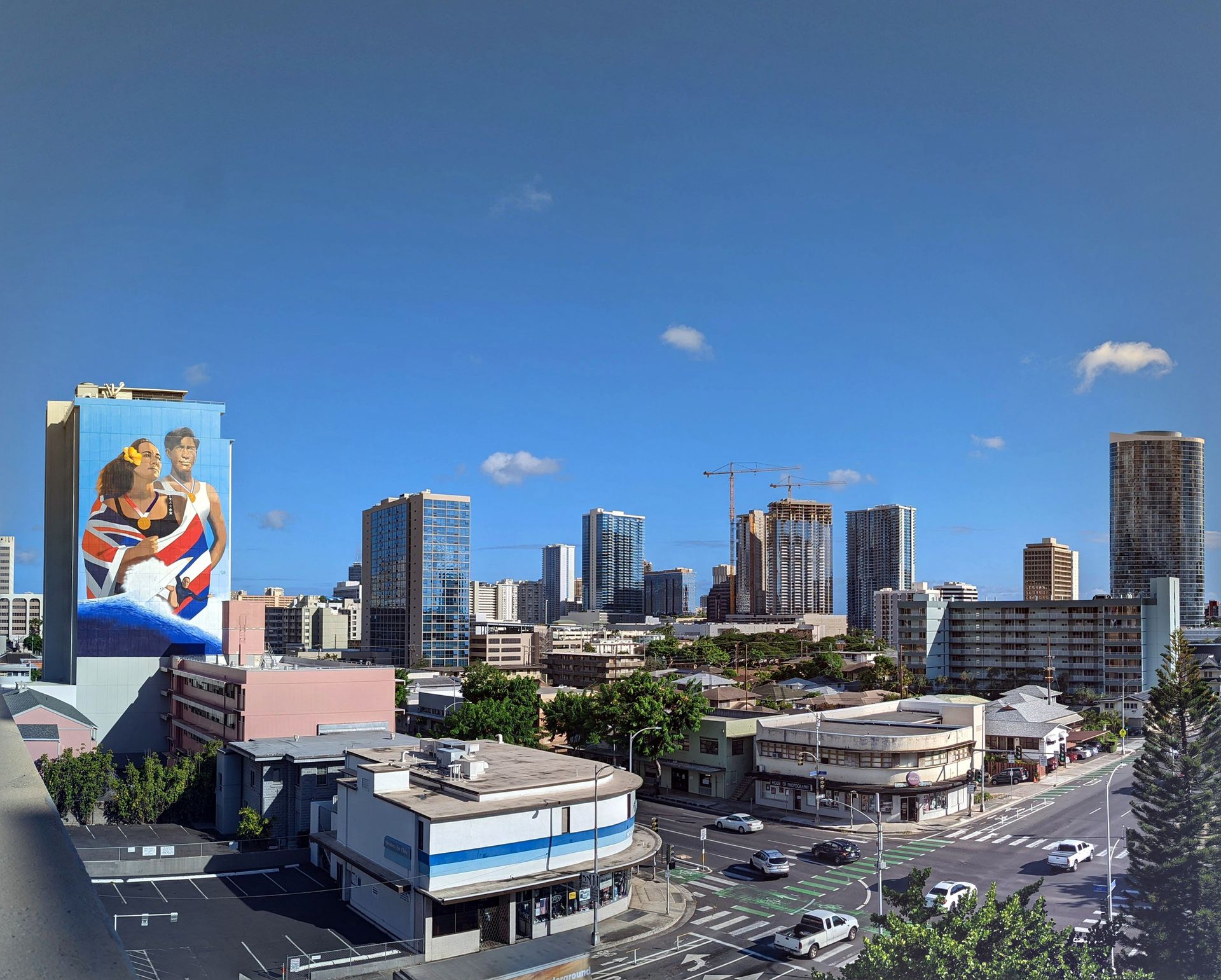
June 2023 Email Update
The May median sales price for single-family homes was $1,109,000 (3.9% lower than May 2022) and for condos was $505,000 (2.2% lower than May 2022). Available inventory continues to drift higher even though new listing for single-family homes is 30.6% lower than last May and for condos is 15.6% lower due to dwindling demand. The number of sales of single-family homes are 23.8% lower than May 2022 and for condos is 36.3% lower due to rising interest rates. There is no real relief in site for Sellers since pending sales are also lower by double digit percentages.
You can review more detailed current and past real estate market data on our website using the link below.
Growing numbers of international visitors, particularly from Asia, offset a drop in U.S. arrivals resulting in 1.1% more tourists in April. Visitor spending grew 8% over last year and was 30.7% higher than April 2019. While encouraged by increased year over year spending, hotels are concerned about the 9.7% drop in West Coast visitors, 1.2% drop in East Coast visitors, and the 8.8% drop in Canadian visitors.
A repeating theme in commercial real estate involves individuals bringing together small-time investors with little or no real estate experience to buy apartment buildings, raise rents, and then sell them for huge profits. In the bust of 2010, the investment vehicle was Tenant-In-Common (TICs) purchases involving a management company buying apartment buildings, managing them for the owners who only had to attend monthly meetings to stay active for tax purposes, and eventually sell those properties when these “superior managers” turned around underperforming apartment complexes. Now, small investors are being burned by syndications, groups of investors who would get rich off renters without doing any of the work. Both real estate groups had the following in common:
- The syndication or management company earns a percentage of the purchase price.
- Collects a percentage of the rent in the form of management fees.
- Makes a percentage on the sale.
One syndication recently lost four apartment complexes totaling 3,000 units to foreclosure when the rents would no longer cover the expenses from rising interest rates. Syndications do not have to provide regular building updates like public companies and many investors were unaware the properties were in trouble until they were near foreclosure. In December 2021, a syndication bought a 704-unit complex, Timber Ridge, for $56.7 million with plans to double investor incomes by adding amenities and raising rents. By the summer, the previously pristine swimming pool was green, and piles of trash littered the grounds. Tenants began complaining about rats, mold, and illegal evictions as management failed to maintain the buildings. The manager refused to buy new air conditioners when they broke, and staff members had to move working A/Cs to apartments with children. The complex was lost to foreclosure just 16 months after the purchase. These investors would have been much better off buying a duplex or single-family home and hiring a property manager. Building a rental portfolio takes time, patience, and carefully managing leverage.
The Civil Beat recently published an article, “Is the Deck Stacked Against Hawaii Condo Owners,” and provided two examples of the Department of Commerce and Consumer Affairs (DCCA) failures. The DCCA allowed one major player, Associa Hawaii, whose president serves as a DCCA director, to run the organization for months without an active broker’s license. Associa should have forfeited all commissions illegally collected from associations and residential clients. In a second case, another director, Chris Porter, was fined $475,000 in actual and punitive damages for violating state and federal debt collection and privacy laws in a dispute with a condo owner about his dog. The DCCA recently chose a lobbying firm for condo associations and their management companies to provide “training” for condo owners informing them of their rights. The meeting dubbed “Condorama,” was essentially aimed at the association board members and their support staff. The lobbying firm, Community Associations Institute, recently argued against a bill that would be able to file claims against the association’s insurance policy for leaks outside their unit causing damage. This bill, having passed, would have helped one of Stott Property Management’s clients who has had unmitigated water damage to her unit for nine months with no action or compensation from the upstairs owner or association. Tim recently started a Regulated Industries Complaint Office process by sending a letter to the principal broker managing the association for failing to respond to the owner or to Tim. Tim received a letter from the association’s attorney explaining why the principal broker could ignore the emails and fail to provide access to determine if the leak had been fixed.
Is The Deck Stacked Against Hawaii Condo Owners?A June 1st Wall Street Journal article, “The New Math on Inheriting Your Parents House,” highlights the changes in the real estate market after 2021 due to inflation and rising interest rates. Rising maintenance expenses, renovation costs, property taxes, and utilities are making it harder for heirs to hold onto inherited real estate and high interest rates make it impractical for one heir to buy out the remaining siblings. Leaving real estate is still a common method of passing along wealth and heirs are more often selling their parents’ home for the following reasons:
- The stepped-up basis helps avoid capital gains taxes from selling a home.
- The parents’ furniture is undesirable to younger generations.
- Renovations are too costly to make the parent’s home fit the child’s taste.
- While primary homes are being sold more often recently, secondary homes are still likely to be kept by the heirs for a few years at a minimum. Children should work out an agreeable schedule for family vacations and find a way to split the maintenance costs fairly. Heirs should carefully consider their finances and make sure keeping the asset does not become too much of a financial burden since it takes time to sell a home.
The state legislature failed to provide funds for late rent and include a rule to require mediation prior to court-ordered eviction and plans on revisiting the measure next year. The legislature did fund $7 million in rental assistance to prevent low-income residents from becoming homeless. Despite the expiration of the mediation rule, judges routinely require parties to attempt mediation prior to an eviction hearing.
The City of Honolulu has fallen further behind in its Handivan shortage when the cost per new vehicle jumped 34% to $201,234 resulting in a purchase of 17 fewer vehicles. The availability of its aging fleet dropped from 90% last year to 67% in March as maintenance kept some vehicles off the road and others were retired. Apparently, the city council and mayor could not find additional funds in their annual budget to service the needy.
An Aloha United Way report highlights the struggles of families trying to make ends meet after a year of high inflation. The “household survival budget” for a family of four is $104,052, 15% higher than 2018. According to the study, 41% of Hawaii families combined income falls below the threshold.
Heavy rains and an ancient wastewater treatment plant have created higher than allowable bacterial levels in Kailua Bay. The Kailua Wastewater Treatment Plant’s effluent empties into Kailua Bay and the facility has continuous violated the levels set by the Clean Water Act this spring resulting in daily warnings stretching for months. Bacterial levels exceeding six times the allowable limit was measured in Kailua Bay from April 28th to May 1st.
Residents alarmed over ongoing ‘stench,’ high bacteria levels linked to sewage plant.The first medical respite units were set up in the state Department of Health parking lot to house homeless individuals recovering from a stay in Queen’s emergency room. Ten units are located across the street from Queens and the village is completely fenced and security is provided. HomeAid Hawaii built the 10-unit village and asked the community for donations to help pay for daily operations.
University of Hawaii’s (UH) Andre Ilagan, advanced farther than any other UH tennis player by advancing to the round of 16 in the NCAA tournament before losing in three sets to Ohio State’s Alexander Bernard. Andre’s lists of first include being the first UH player to qualify twice for the NCAA tournament, first UH player to win a NCAA tournament match, and first UH player to earn Intercollegiate Tennis Association All-American after reaching the round of 16.
A second humane society shelter opened in Ewa Beach on May 20th helping alleviate some of the overcrowding at the Moiliili campus. D.R. Horton donated $30 million to build the Hoopili campus which includes three dog pavilions, two cat pavilions, a small-animal pavilion, and a spay and neuter clinic. Each shelter has the capacity to house 350 to 400 animals waiting for adoption.
Humane Society New LocationA fourth-generation Monk Seal was born on Kalaupapa National Historical Park in April. The six-year-old mother was also born in the park which provides a much quieter atmosphere to raise a pup than Waikiki’s Kaimana Beach. Waikiki fourth graders and kindergarteners named the more famous pup Pualani meaning heavenly flower. The one advantage Waikiki-born seals receive is receiving a name better than RJ40.
Monk seal gives birth to second pup in WaikikiDisney’s Aulani Resort has been working with the Oceanic Institute of Hawaii Pacific University to breed reef fish in captivity. Until recently, researchers have had little success in breeding reef fish. The hotel’s efforts to collect eggs and deliver them to HPU’s Waimanalo lab has resulted in the first successful breeding of the milletseed butterflyfish, potter’s angelfish, Hawaiian cleaner wrasse, yellowtail coris, and yellowtail longnose butterflyfish. Tim and Tracey see several of these species during their swims in Lanikai and in Waimanalo near the research center.
A Division of State Parks and the Napali Coast Ohana are partnering to head a seabird restoration p
roject at Nu’alolo Kai, a Hawaiian fishing village that existed 800 years ago. The project aims to remove invasive species, restore native plants, and protect nests from predators like the barn owl, rats, and cats. Three species of seabirds have recently started breeding in the area again, ao (Newell’s shearwater), akeake (band-rumped storm petrel), and ou (Bulwer’s petrel). The seabirds’ guano is an important fertilizer that promotes plant life resulting in cleaner freshwater flowing from the forest to the coral reefs.





